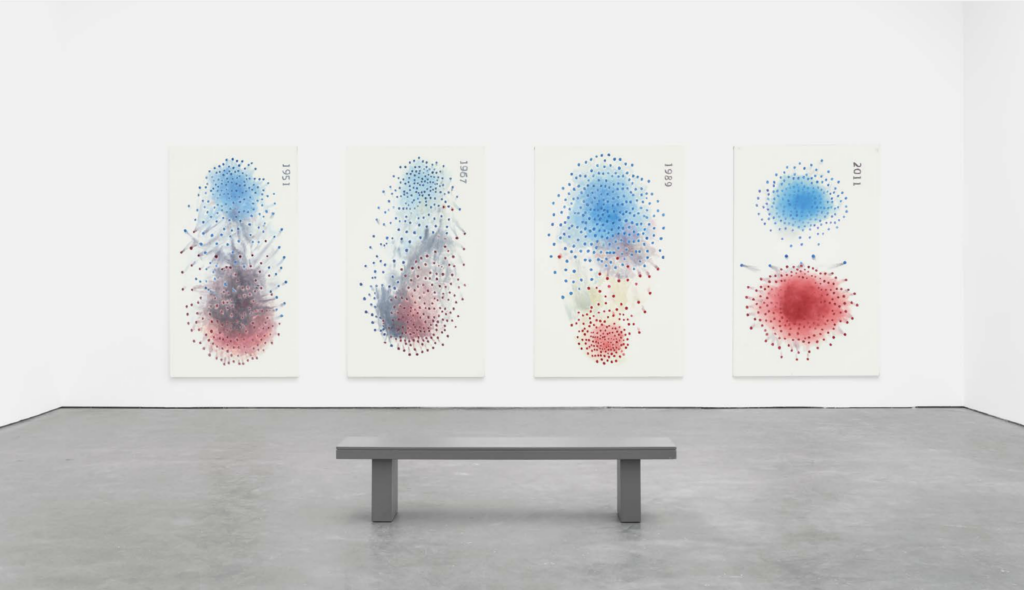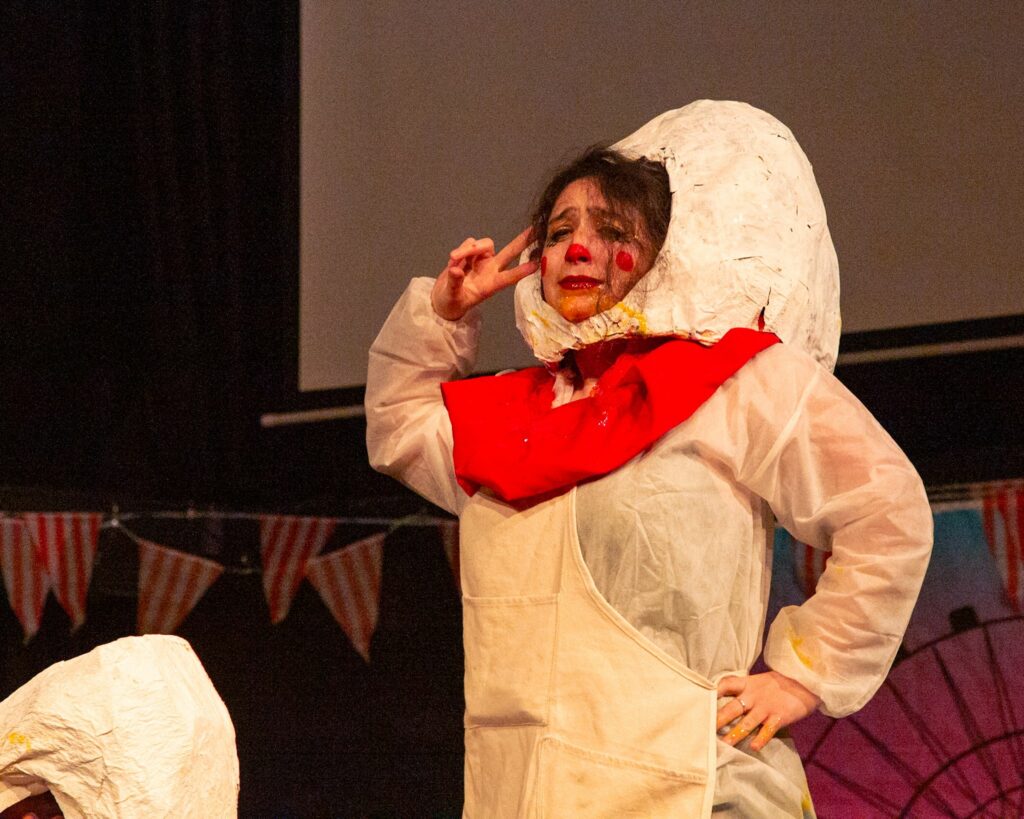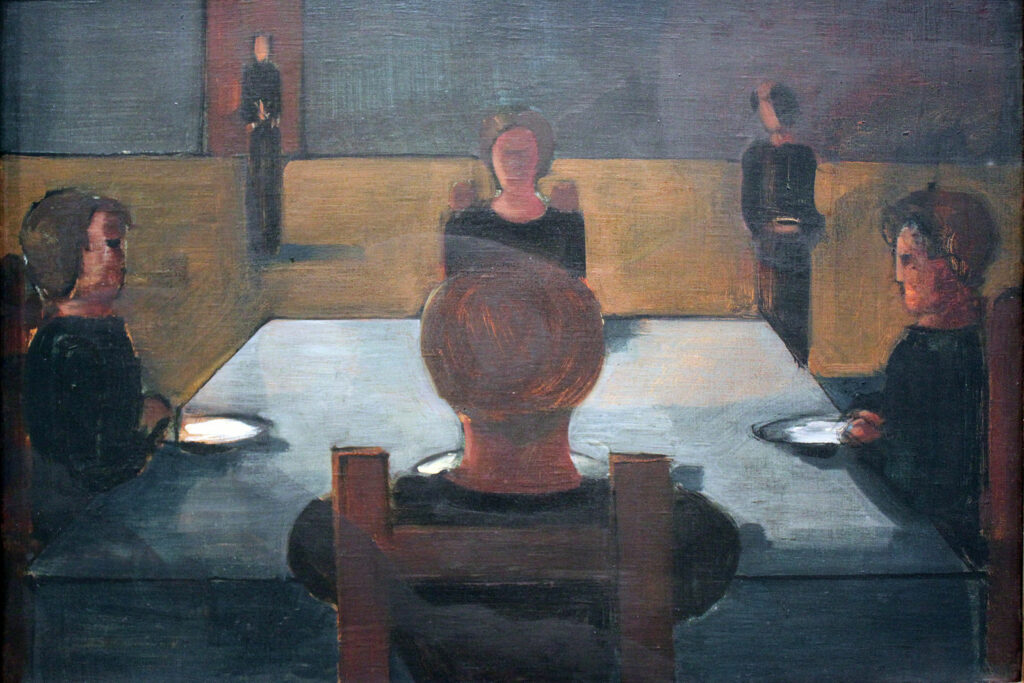
The game is played with great feeling. Pikachu, perhaps the most successful soft power symbol of the twenty-first century’s new media enterprise, looms gigantic over Nintendo as a concept and cuteness as aesthetic dominance, despite staying mostly benchside on the battlefield. Though, for some of us, these pocket monsters are just ciphers for the competitive video game circuit: 4D chess pieces; some amalgamation of straights, flushes, or full houses; the kings, queens, and rooks of RNG; what Dungeons & Dragons would be with rounded edges and big-lipped fish splish-splashing their way toward evolution. Next to my black-and-white Nintendo Switch sits the corduroy Bulbasaur my son got me for Father’s Day. I’m playing around with weather, one of four core environmental hazards in the extended Pokémon video universe: Rain, Sun, Snow, and Sand. Enjoying the filth I am, of a team whose prospects are slim but whose aesthetics please me, listenin to Beans and Freeway on my headphones. And even though what we do is wrong I play Tyranitar to start, a darkly rock type dinosaur with SAND STREAM, brewing up a storm when she enters the battlefield. Despite a soft-chinned weakness to FIGHTING types, Tyranitar is a respectable individual; she earned a slot on my team of six through grit and survivability, clapping back after absorbing heavy damage historically, just without the heroism of hindsight.
Pokémon is all about reading. Hard and soft. Soft, like how I can assume the way my opponent’s Iron Hands, a FIGHTING type, is trained based on trends in the meta game, whereby Pikalytics.com discloses player data amalgamated from prior battles. Most people plug this Pokémon into a hard-hitting tank slot: high HIT POINTS and ATTACK, made to live through anything and crush enemy morale thereafter; it’s what they’re good at, these hands. And as they say in The Players Club, you gotta use what you got to get what you want. And everybody wanna be the very best, of course, like no one ever was: picture Ash Ketchum listenin to Drake, confused, yet falling so deeply in love. But I respect my opponent’s awareness here. I change Tyranitar’s type to FLYING. Typical move, and my opponent could read me reading them and react to this and I could read their reaction and so forth in an endless chain of telekinetic tug-of-war. But he does not. Tyranitar resists the punch, and together, with the help of this ghost dog, Greavard, who burns Iron Hands—now at less than half-full health from Tyranitar’s foot in that ass—we carve a path toward victory.
A whole decade before Trey Songz couldn’t help but wait, I was beyond impatience rushing into the local EB Games store and slamming down my grass-cutting money for Pokémon Red. Its world has shaped my psyche for as long as I can remember, from soft-boy-kid card collector into dedicated owner of translucent purple Game Boys past. Afterward, I fucked around with the idea of getting into the official competitive scene, observing the e-sport from afar. But until this year and the death of the man who raised me, I’d never tried. There are lots of obvious reasons for this, like class background, money, and time, and the peculiarities of social existence, the navigation of white nerd spaces that have always made me queasy; sure, I’d swing by Benny’s Card Shop on Torresdale Ave. for cards, or hit a Yu-Gi-Oh! tournament here and there, but I was still more at home on the basketball courts in Mayfair, where rushing over to get winners would inspire fear from random white women in the suburb, diving into the tall grass to escape my representation. But I can’t play ball like I used to. Now I deliver the order in Super Smash Bros., Street Fighter, Little Big Planet, or Pokémon. Pokémon chief among them. This global trans-media product whose system of play elevates and then magnifies the stylistics of the chess or checkers or Speed I played with my aunt, the Texas Hold’em I played as a kid on Popop’s computer, the Dungeons & Dragons–style dice-roll mechanics grafted into my beloved Icewind Dale role-playing games. Teaching my children mathematics by the game’s pleasurable proxy, I watched their jaws drop at an equation for calculating battle damage in one turn of Pokémon:
On some level this is basic algebra, stretched out for the convoluted chorus of choice that such games demand: the multiplicity of variables that make generalizations both iffy and necessary, as in life. With more than a thousand Pokémon, some of whom have dozens of usable moves or abilities combined, complex type matchups, and SPEED interactions—not to mention the impact of item choices and player particularities—every best-of-three competitive Pokémon match is a master class in complexity. With at least thirty larger tournaments a season, and several hundred players in the video game division alone, not counting all the special events and local setups, the online tournaments and unofficial skirmish matches, the game’s growth, especially in the past few years, tells the story: throngs of people lined up outside convention centers and local stores all across the world, sold-out regional and international competitions from London to Chile, Indiana to Portland, up to sixty-five thousand dollars in prizes, and the chance to compete for the world title, which, held last year in Yokohama, Japan, ran out of spectator passes near instantaneously.



















